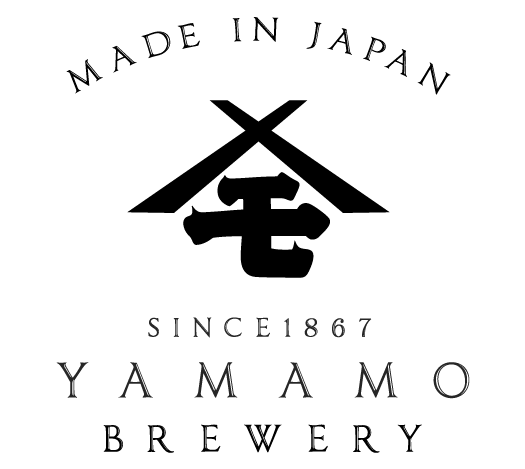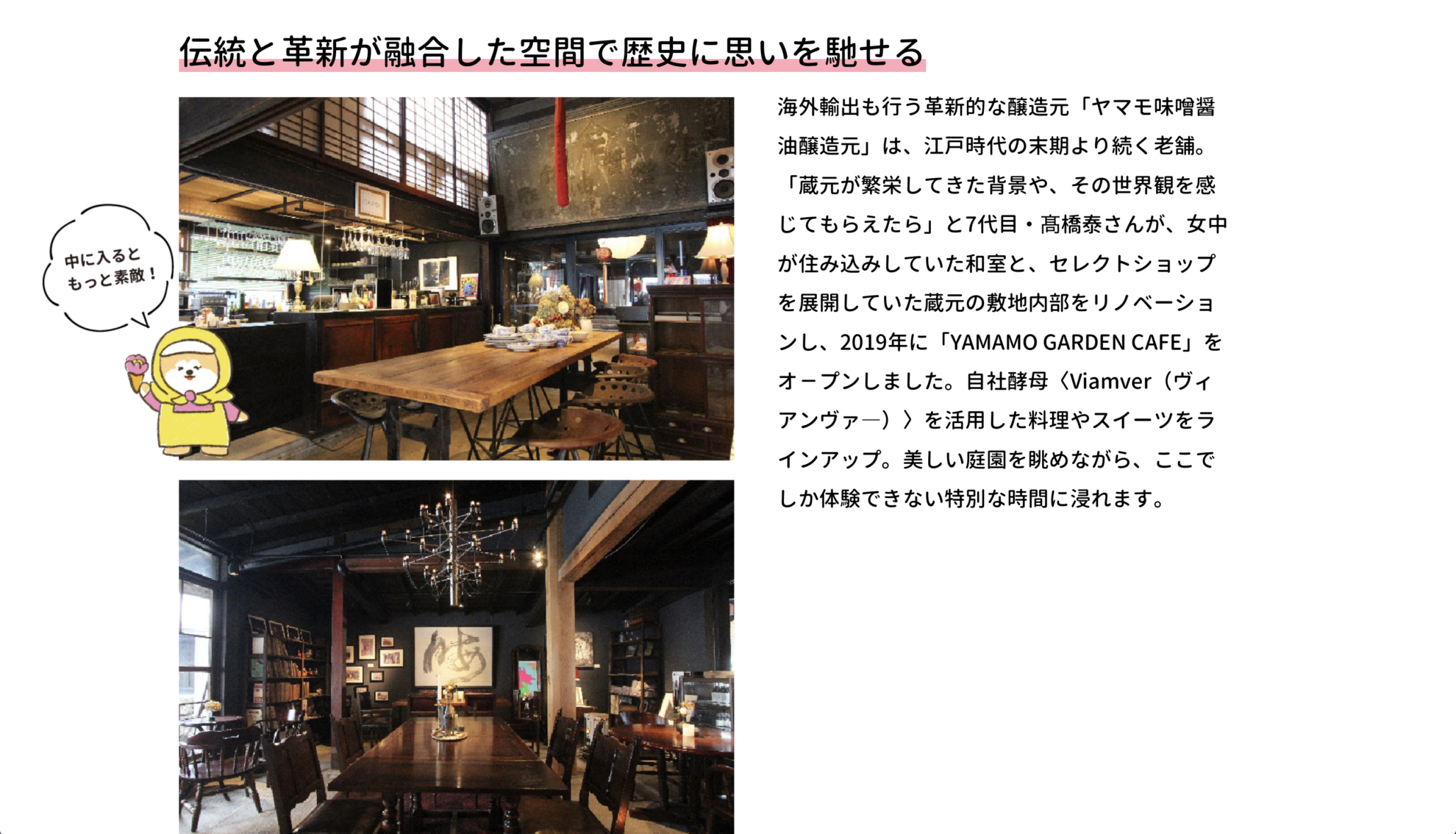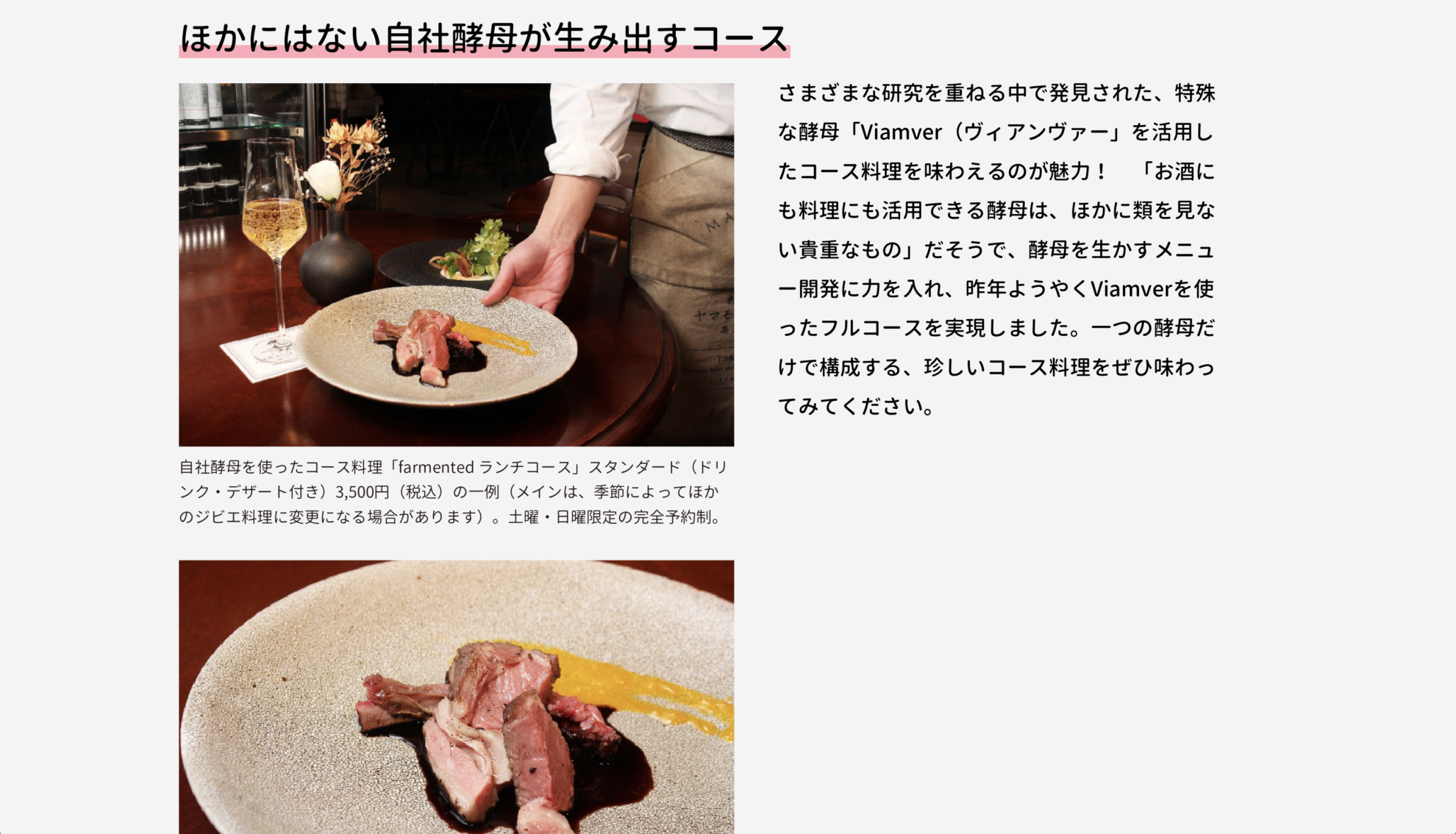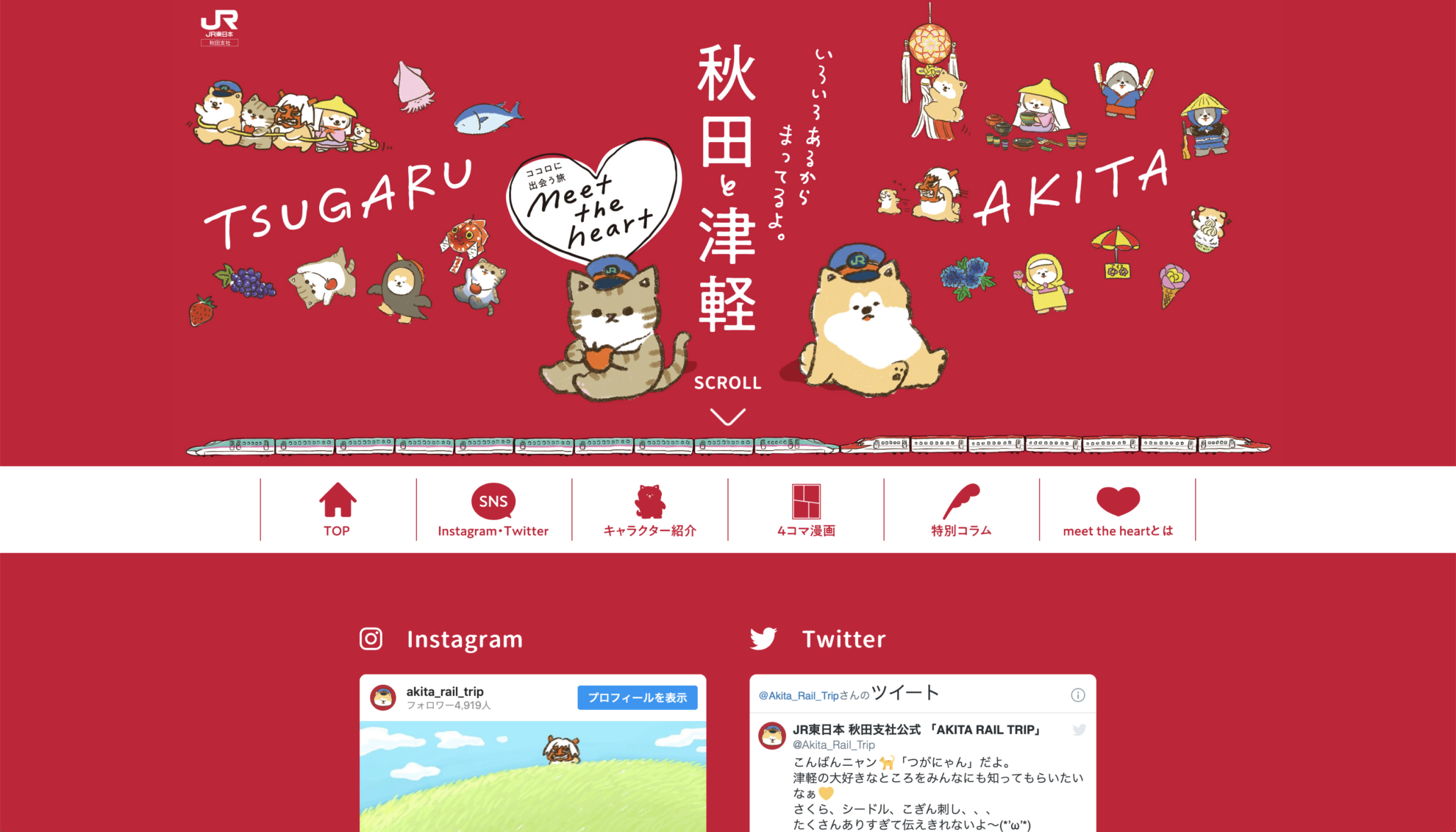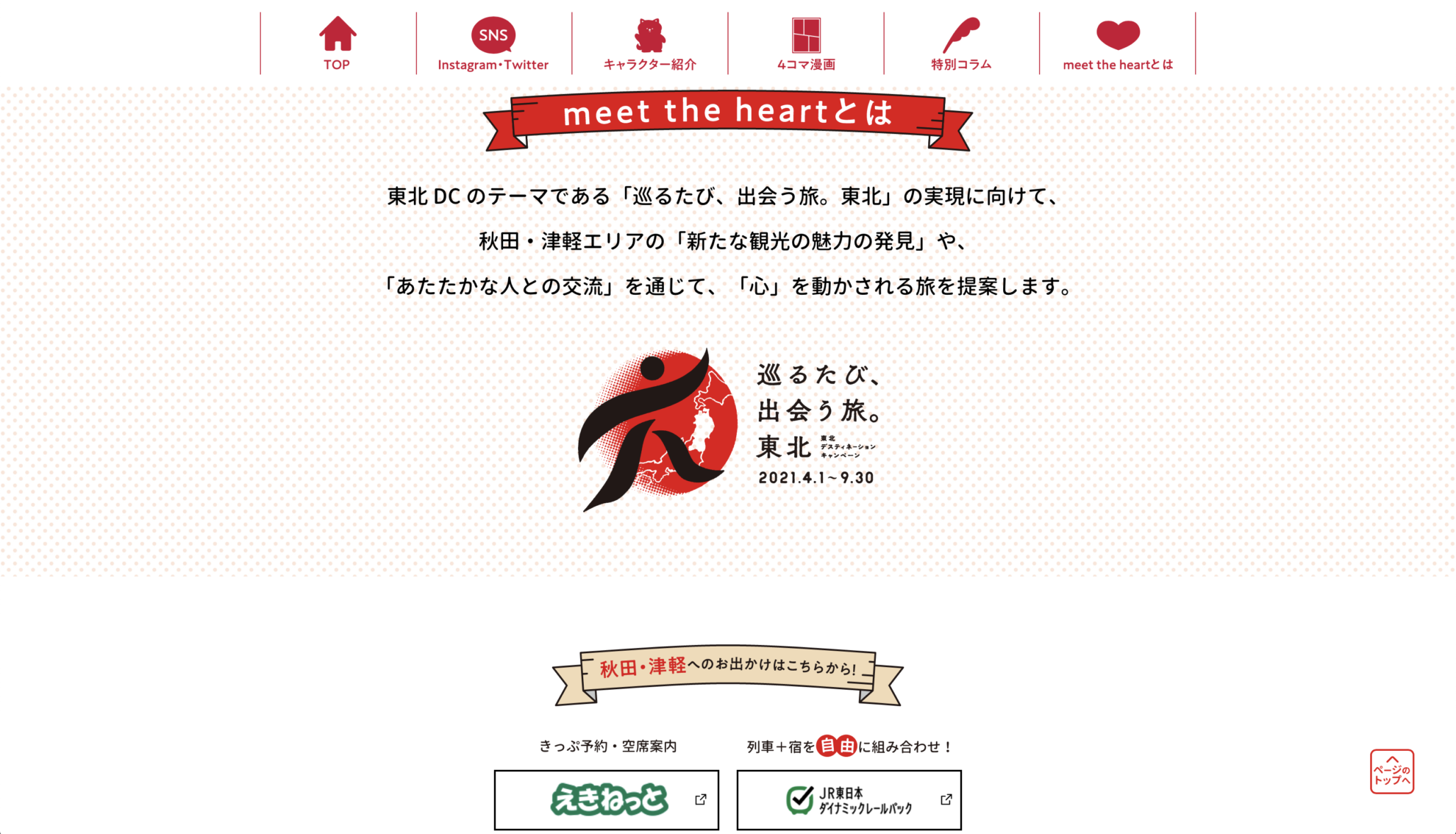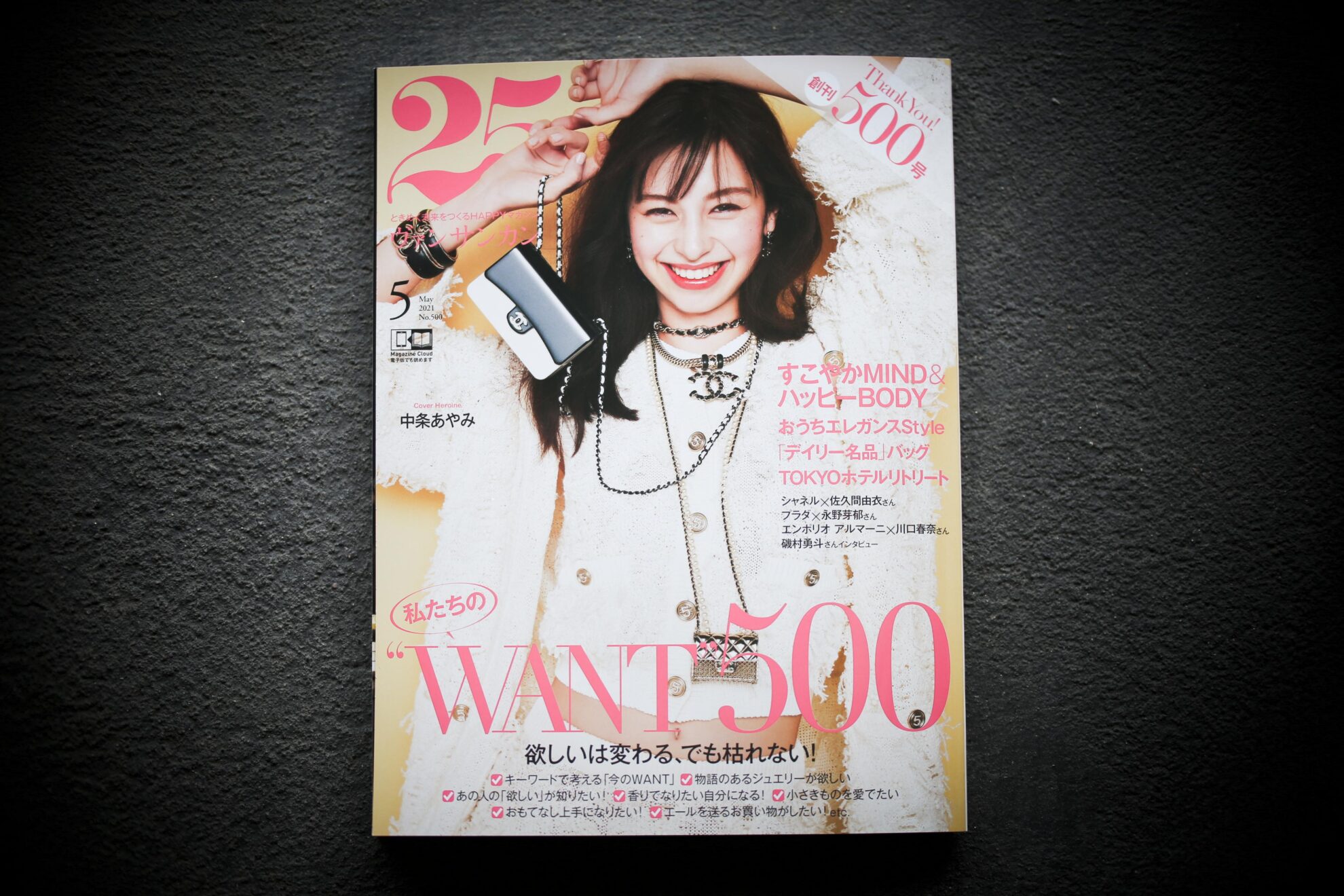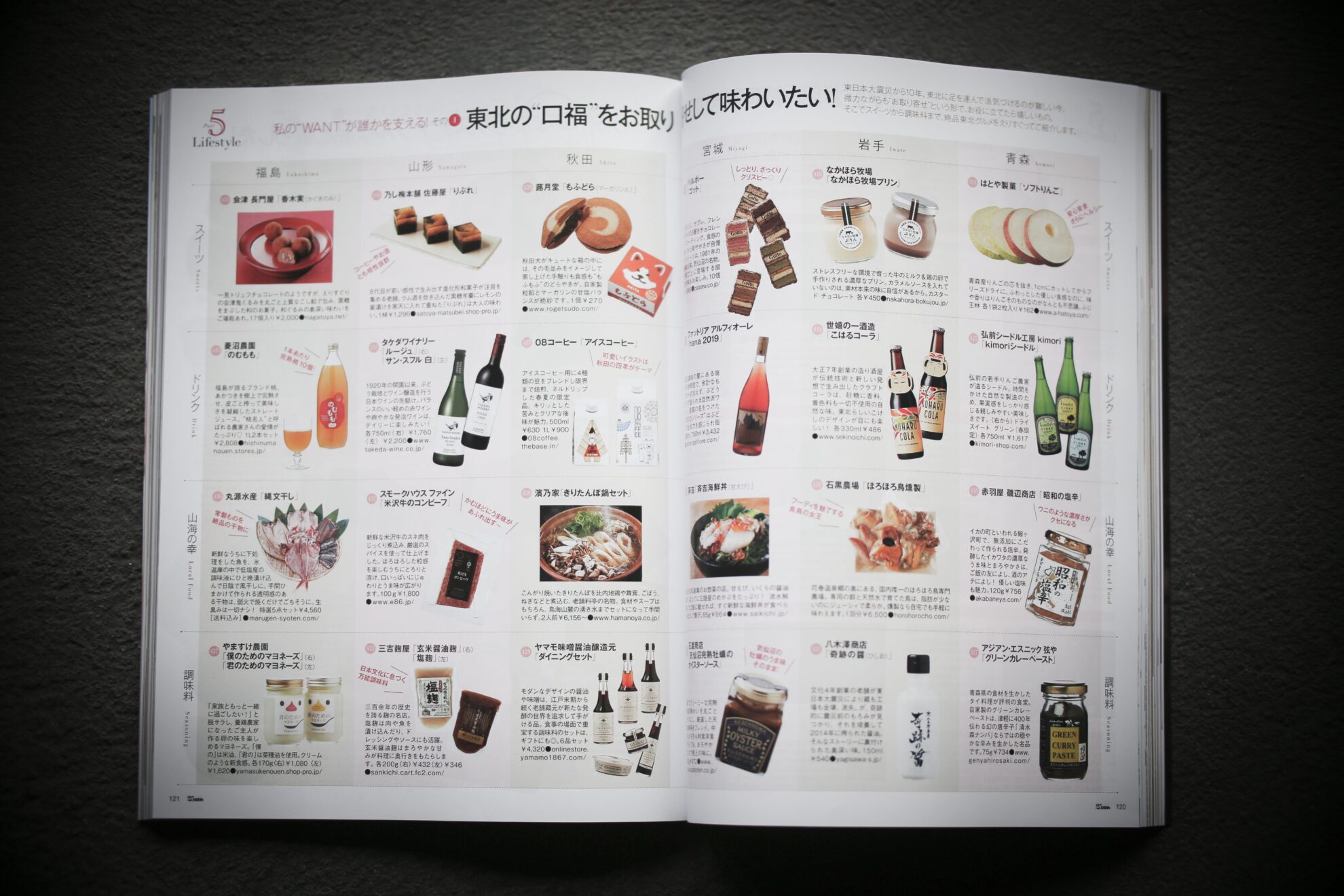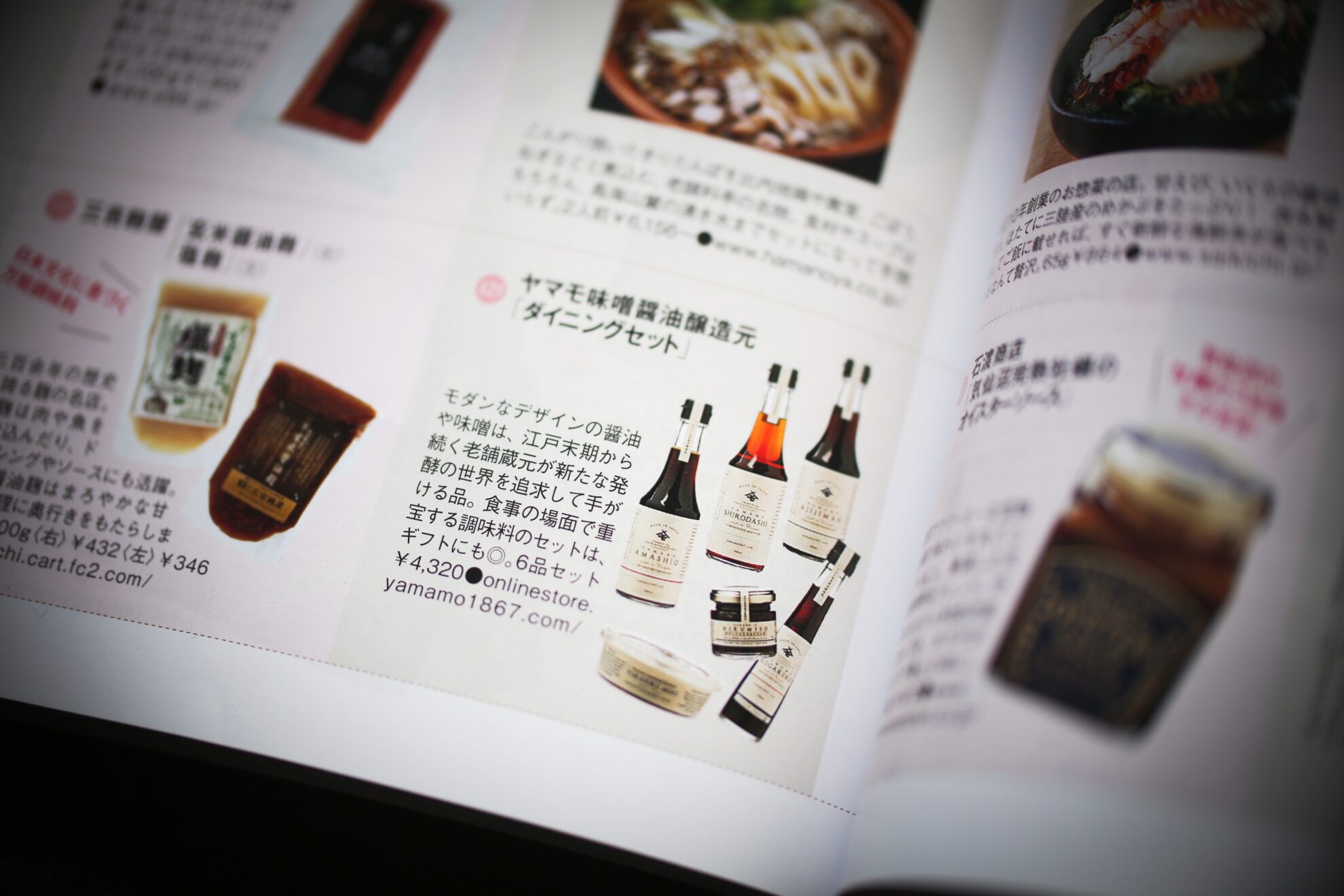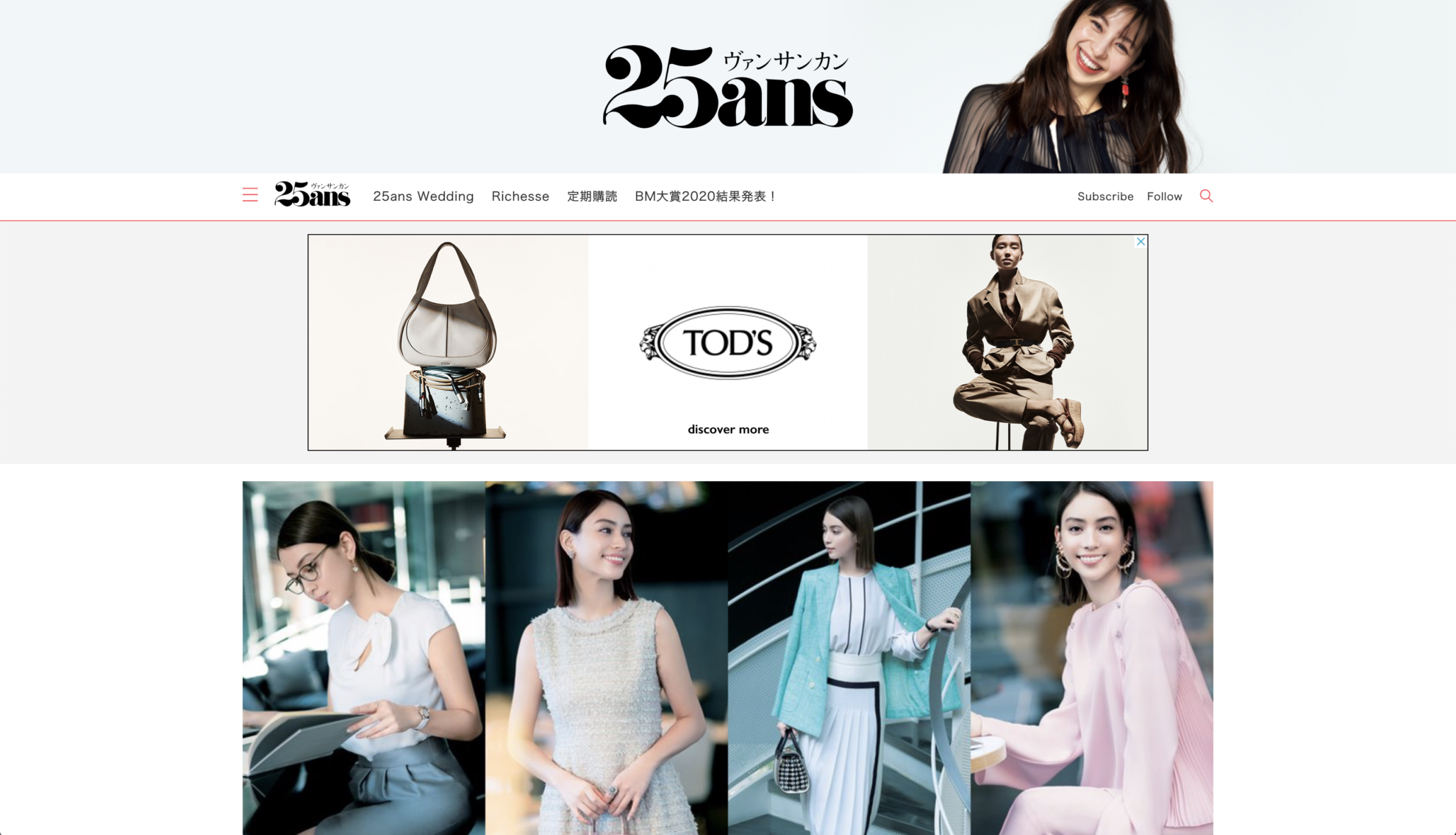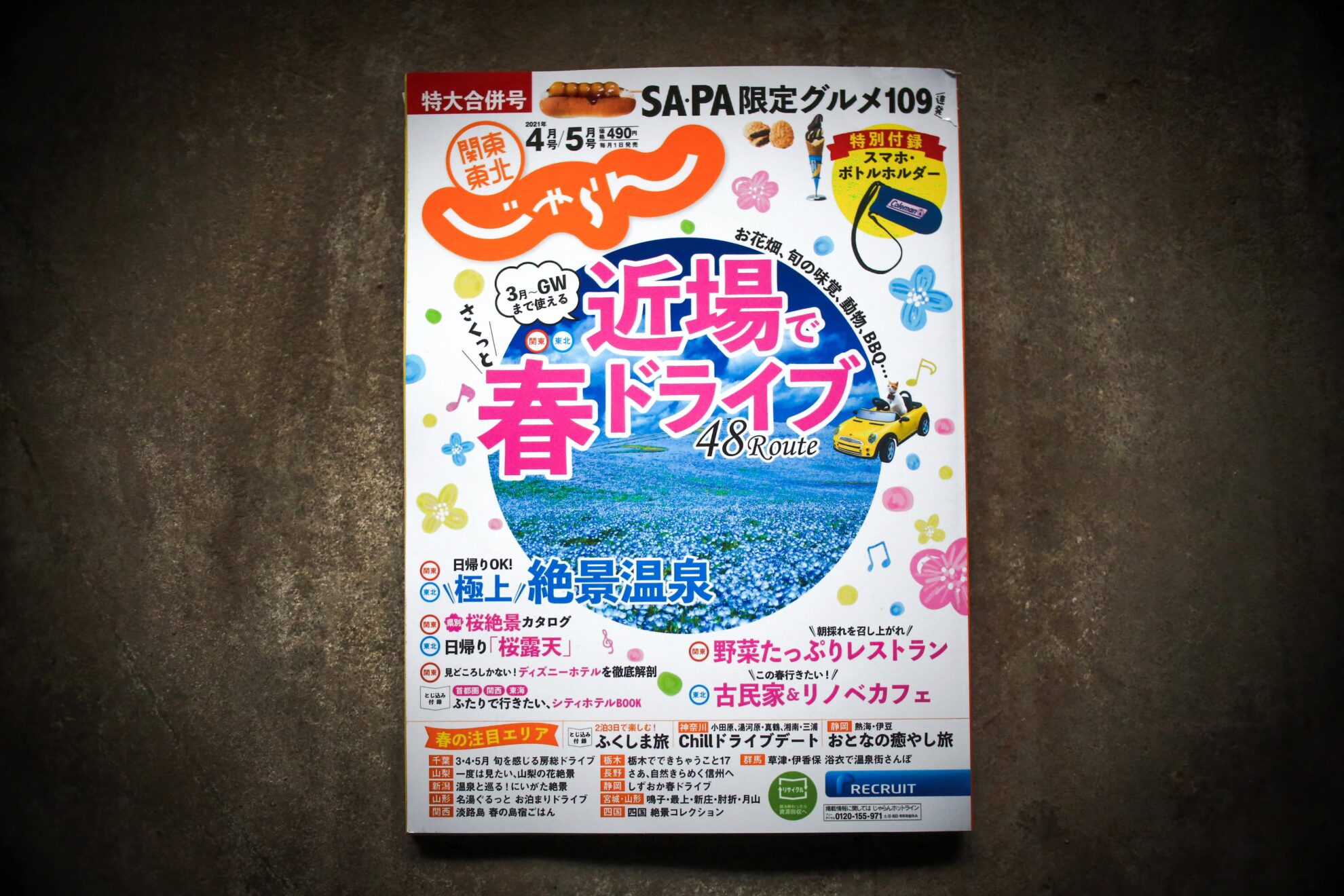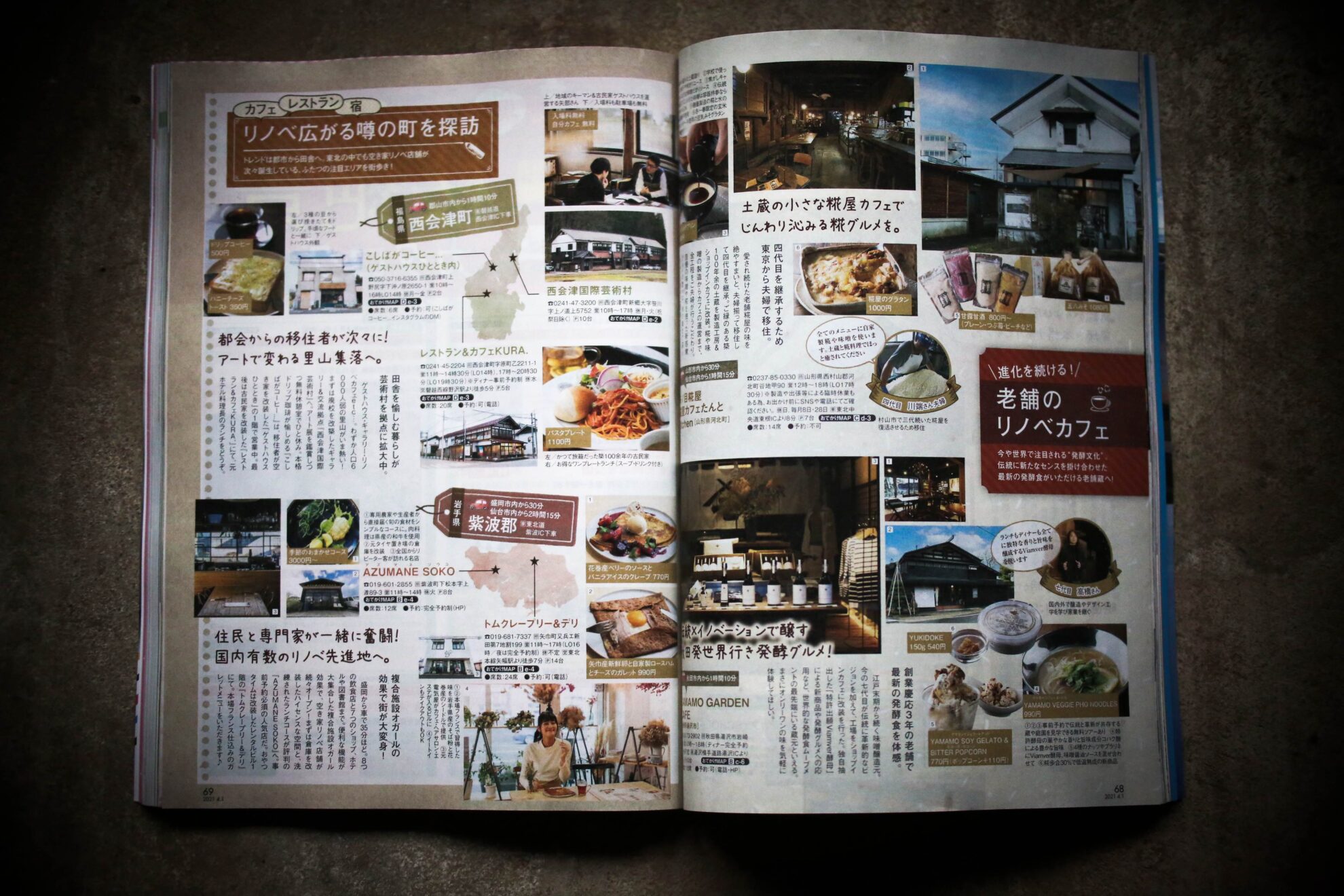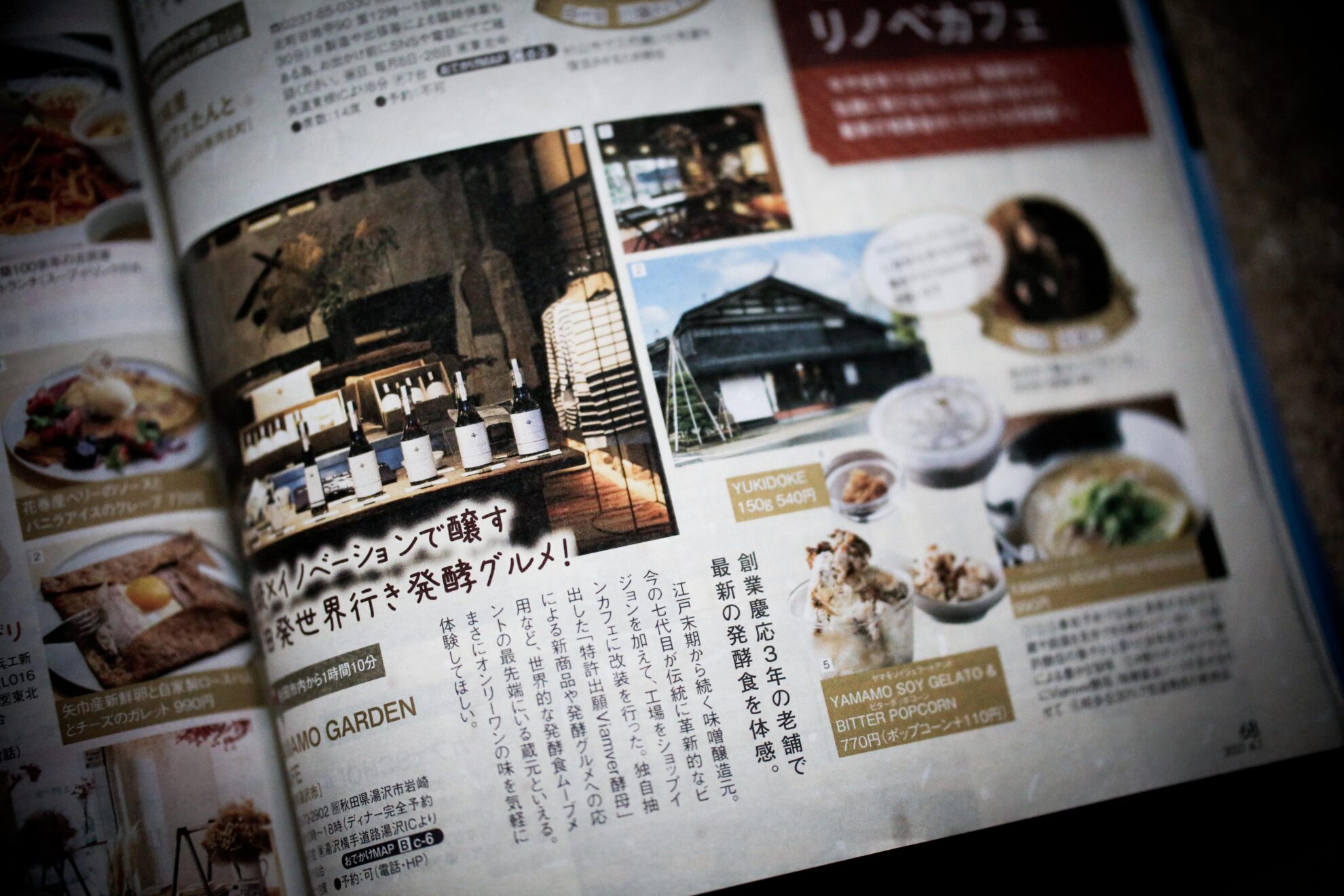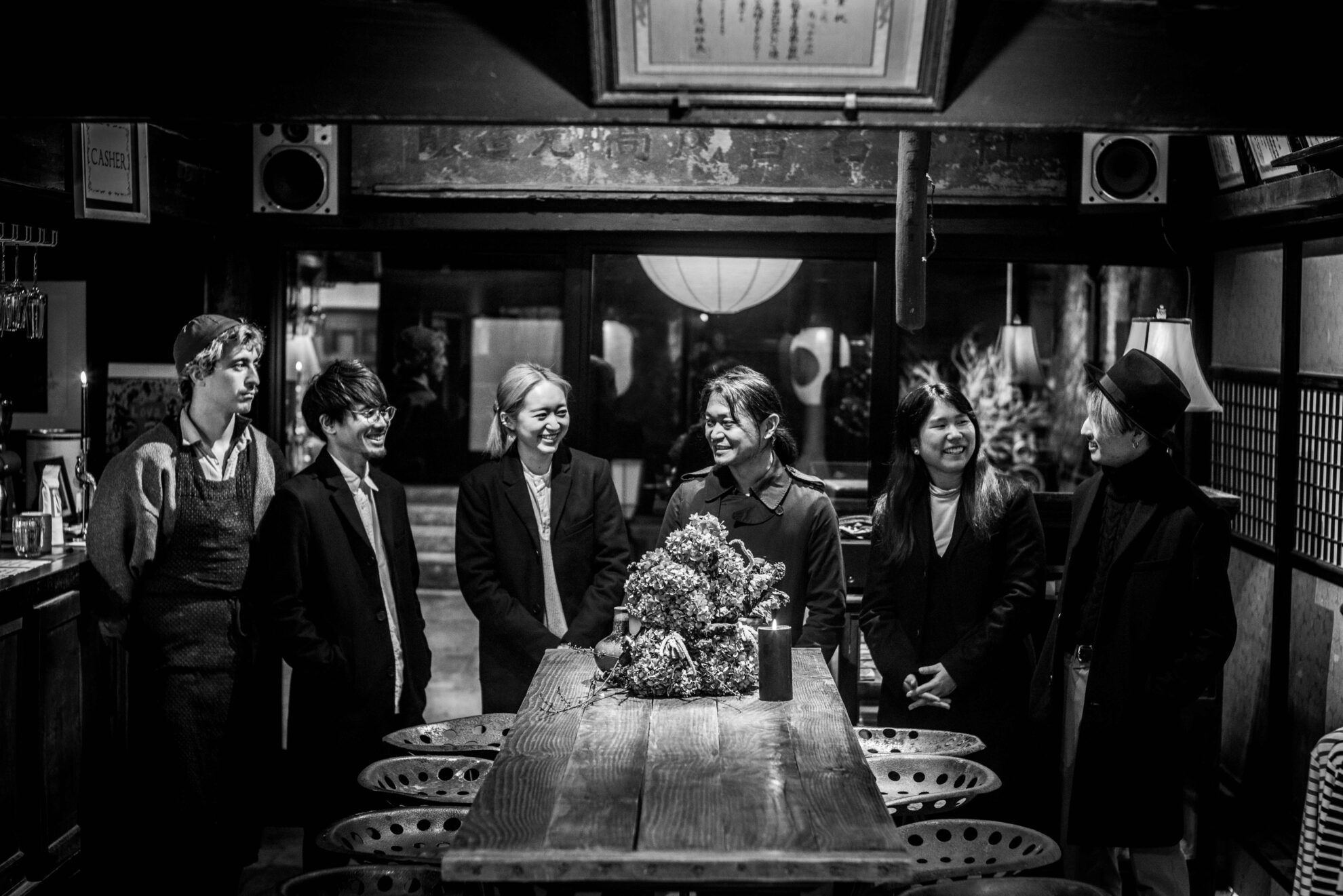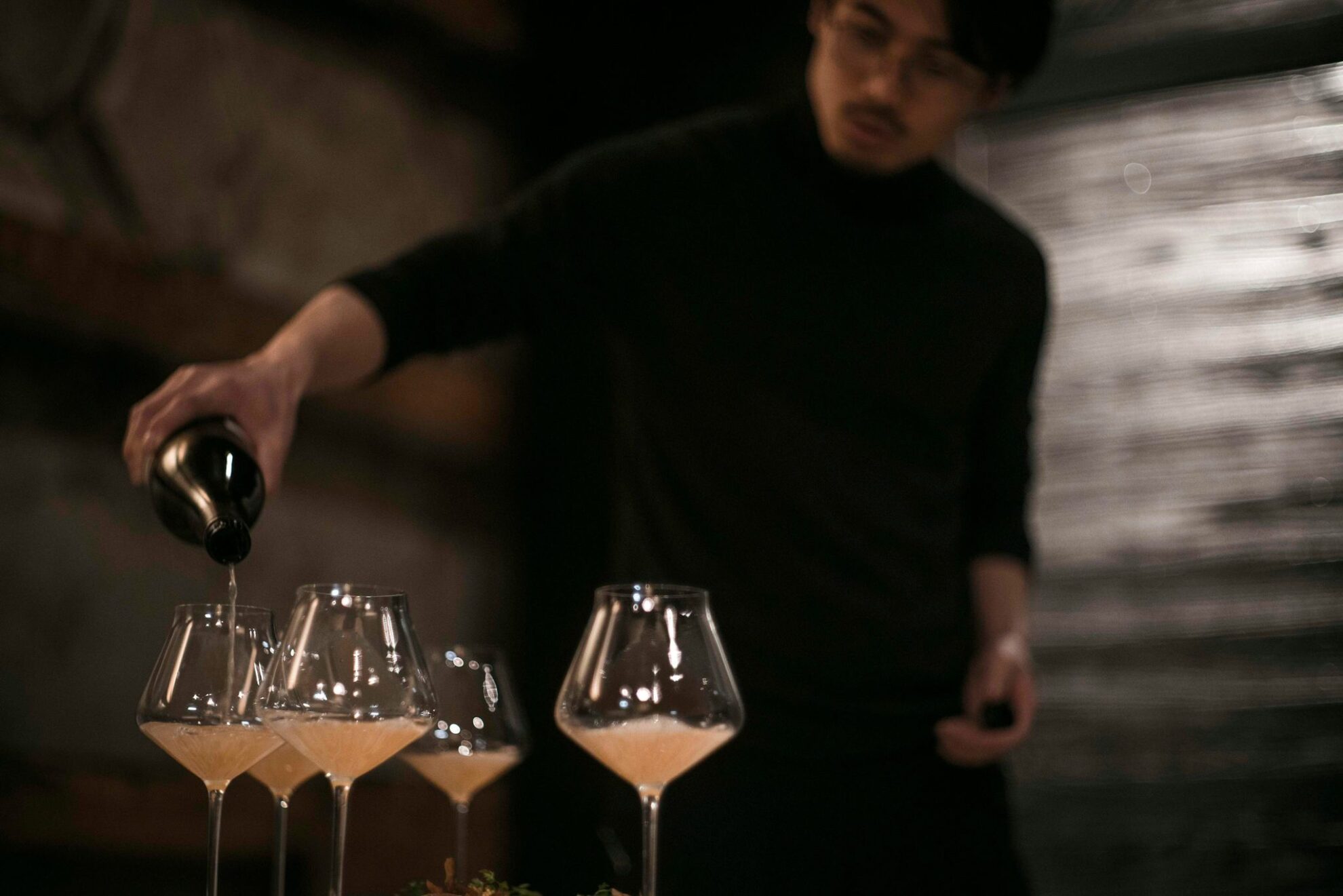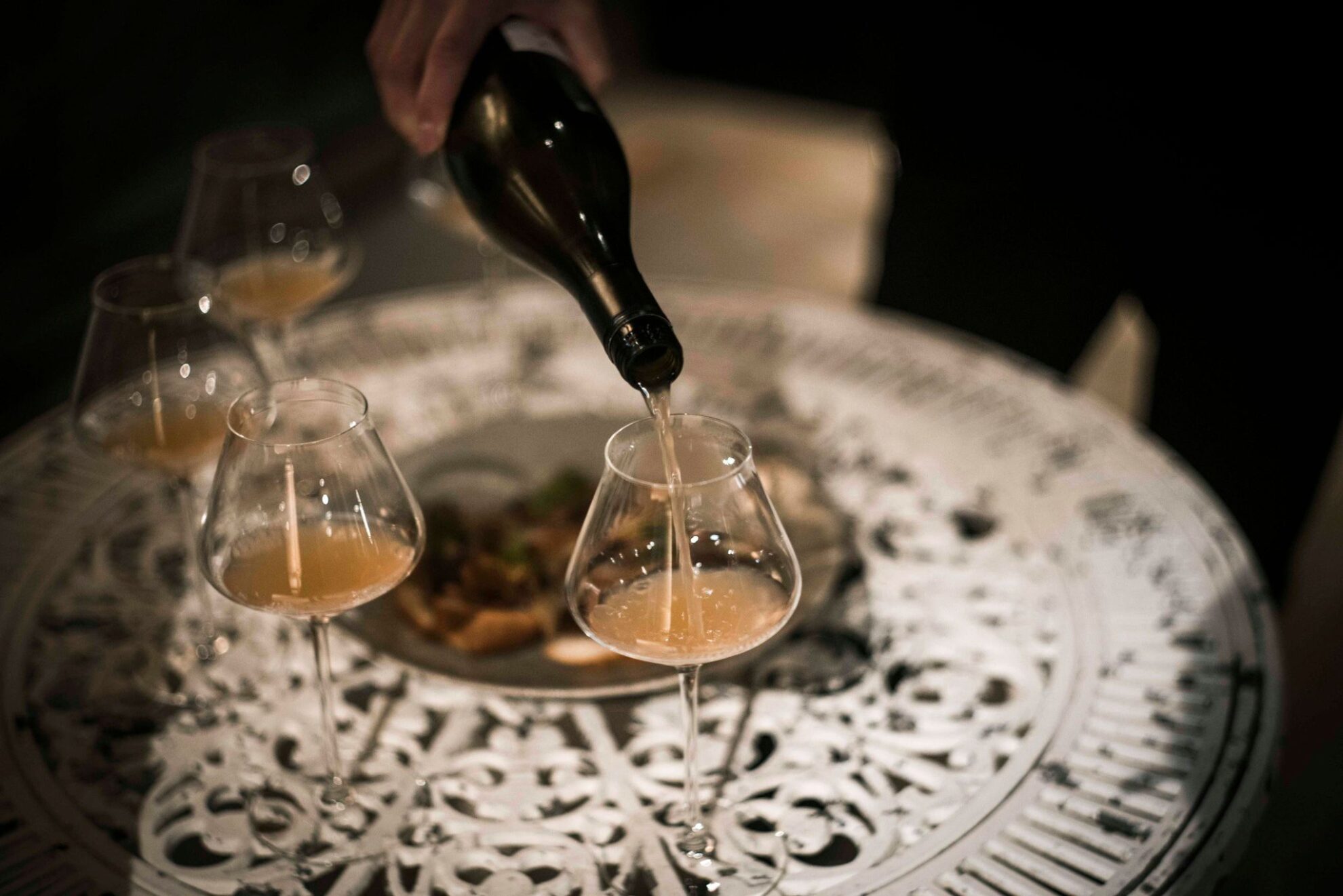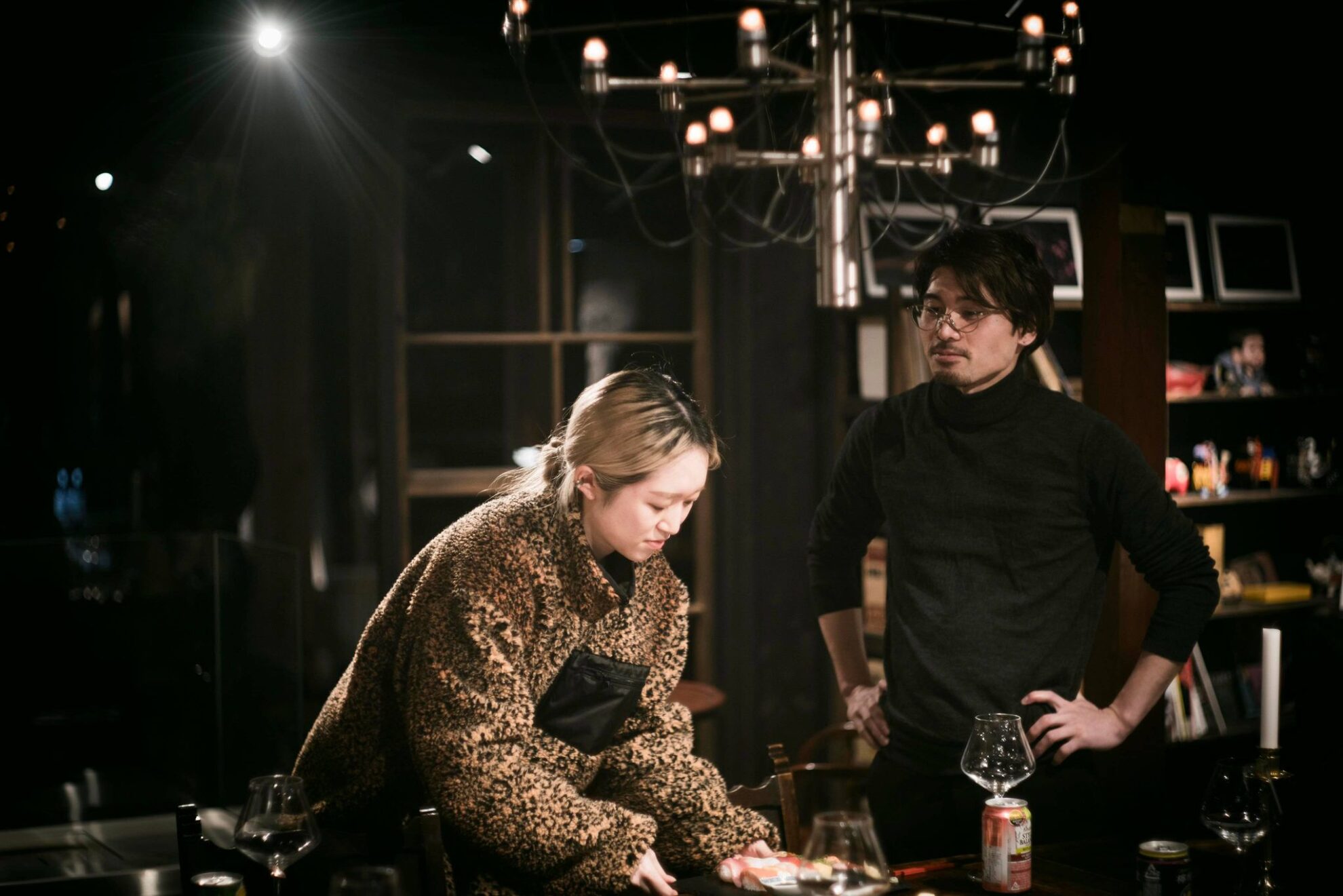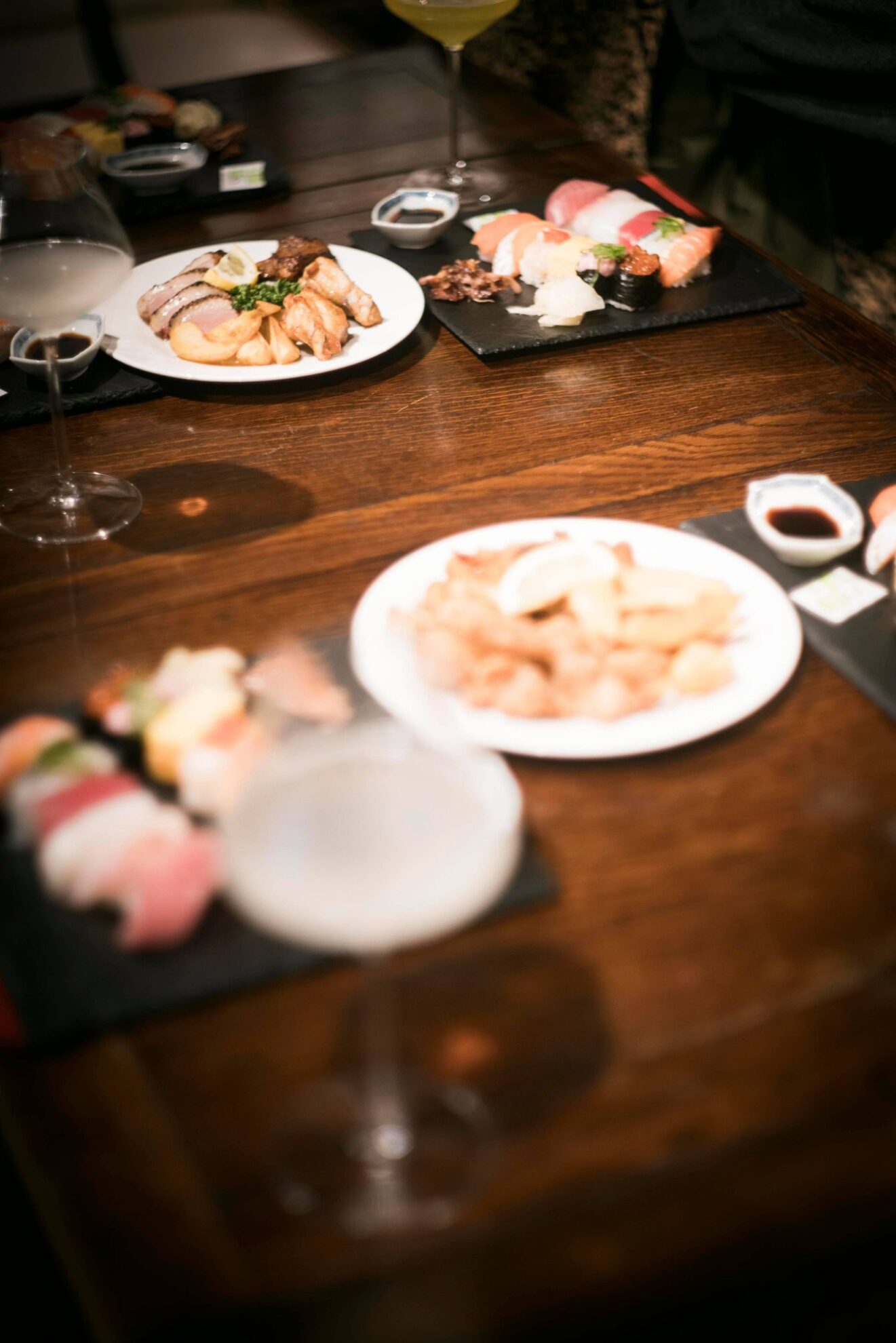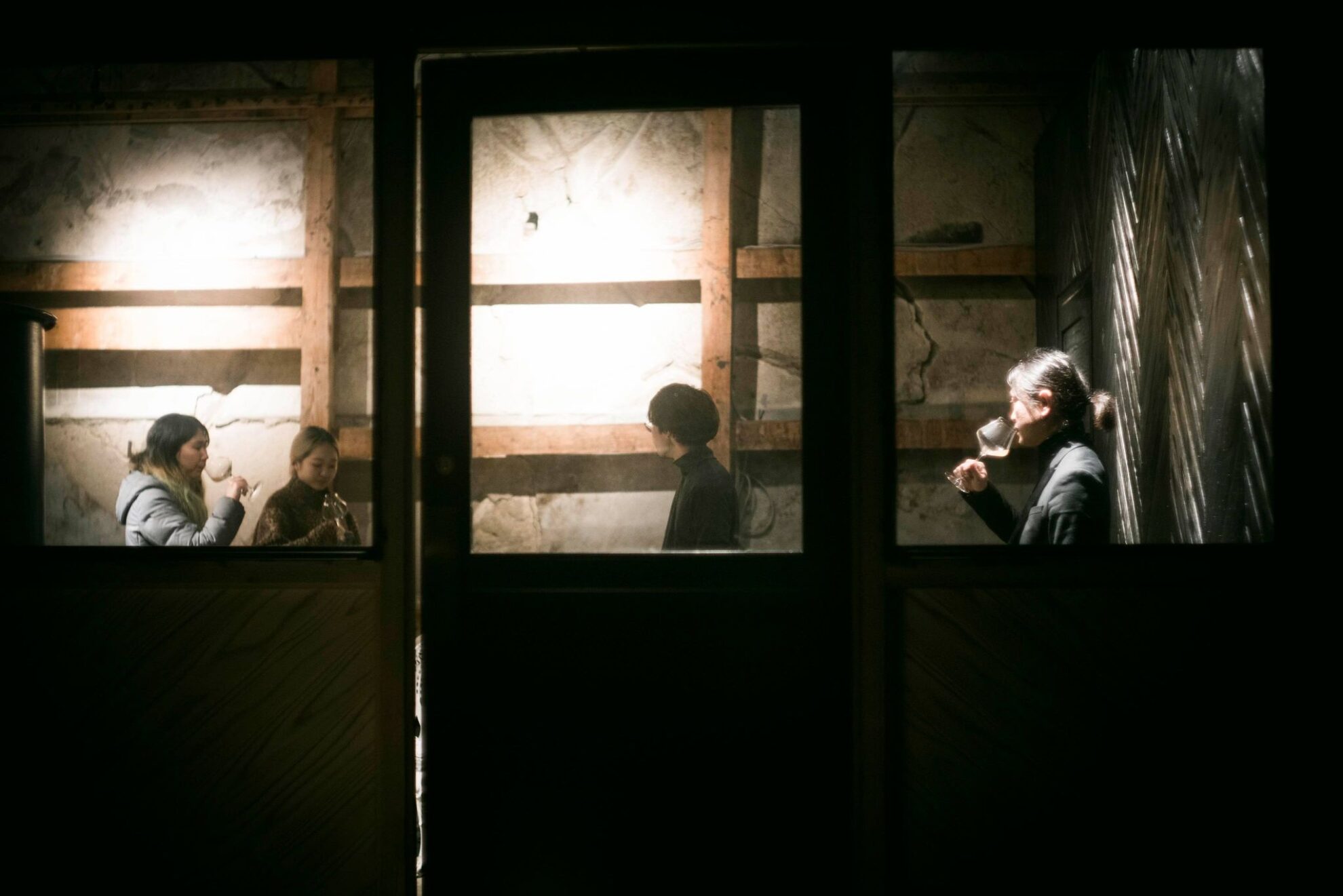昨年の2月に特許出願したViamver酵母とその開発によって生み出された商品群が完成しました。秋田県総合食品研究センターとの共同研究から生み出されたもので、秋田県知事へ報告の意味を兼ねて表敬訪問することとなりました。知事には先行してViamver酵母の世界観を体験していただくキットを郵送しており、感想をいただくことになっています。表敬訪問の様子は、本日の夕方のニュースで報じていただくことになっております。
同一酵母でつなぐ食体験
150年続く味噌醤油蔵の蔵付酵母から発見されたViamver酵母は、芳醇な香りと魚介由来のうま味(コハク酸)を醸成します。味噌由来酵母をワインやパンに応用することは非常に困難で、醸造蔵と研究者、シェフのチームによる長年の取り組みの末、実現することができました。ワインとお料理を同一酵母でペアリングすることは、世界で類を見ないサーヴィスになります。
うま味は「学びある味覚」と言われ、食事の中で蓄積し、美味しさによる幸福感がもたらされます。本製品はViamver酵母が醸成する食の世界を体験していただくキットです。ワインに合わせてお召し上がりください。
.
Courtesy Visit to the Governor of Akita Prefecture
The Viamver yeast, for which we applied for a patent last February, and the products created by its development have been completed. The products were created through joint research with the Akita Prefectural Food Research Center, and we decided to pay a courtesy visit to the governor of Akita Prefecture to report the results. We have already sent the governor a kit to experience the world of Viamver yeast, and he will give us his feedback. The visit will be reported in today’s evening news.
A food experience connected by the same yeast
Viamver yeast, discovered from the yeast stored in a miso and soy sauce brewery that has been in operation for 150 years, produces a mellow aroma and seafood-derived umami (succinic acid). It is very difficult to apply miso-derived yeast to wine and bread, but after years of work by a team of breweries, researchers, and chefs, we were able to make it happen. Pairing wine and food with the same yeast will be a service unparalleled in the world.
Umami is said to be a “learned taste” that accumulates over the course of a meal and brings about a sense of well-being through taste. This product is a kit that allows you to experience the world of food created by Viamver yeast. Serve with wine.
.
關於對秋田縣知事的禮節性拜訪
去年2月申請了Viamver酵母菌開發的產品小組已經完成。 它是通過與秋田縣食品研究所的聯合研究創建的,我們將對秋田縣知事進行禮節性拜訪,以進行報告。 我們已經郵寄了一個工具包給州長,以便提前體驗Viamver酵母的世界,我們將收到您的印象。 禮節性拜訪的狀態將在今晚的新聞中報導。
與同一種酵母有關的飲食經驗
Viamver酵母是從具有150年曆史的味Viamver醬油啤酒酵母中發現的,具有柔和的香氣和源自海鮮的鮮味(琥珀酸)。 釀酒師,研究人員和廚師經過多年的努力,在葡萄酒和麵包上添加味噌酵母非常困難。 將葡萄酒和食物與相同的酵母配對是一項世界上無與倫比的服務。
鮮味據說是一種“學習口味”,它會在飲食中積累,通過其美味帶來幸福。 該產品是一個套件,可讓您體驗Viamver酵母栽培的食物的世界。請和酒一起享用。
.
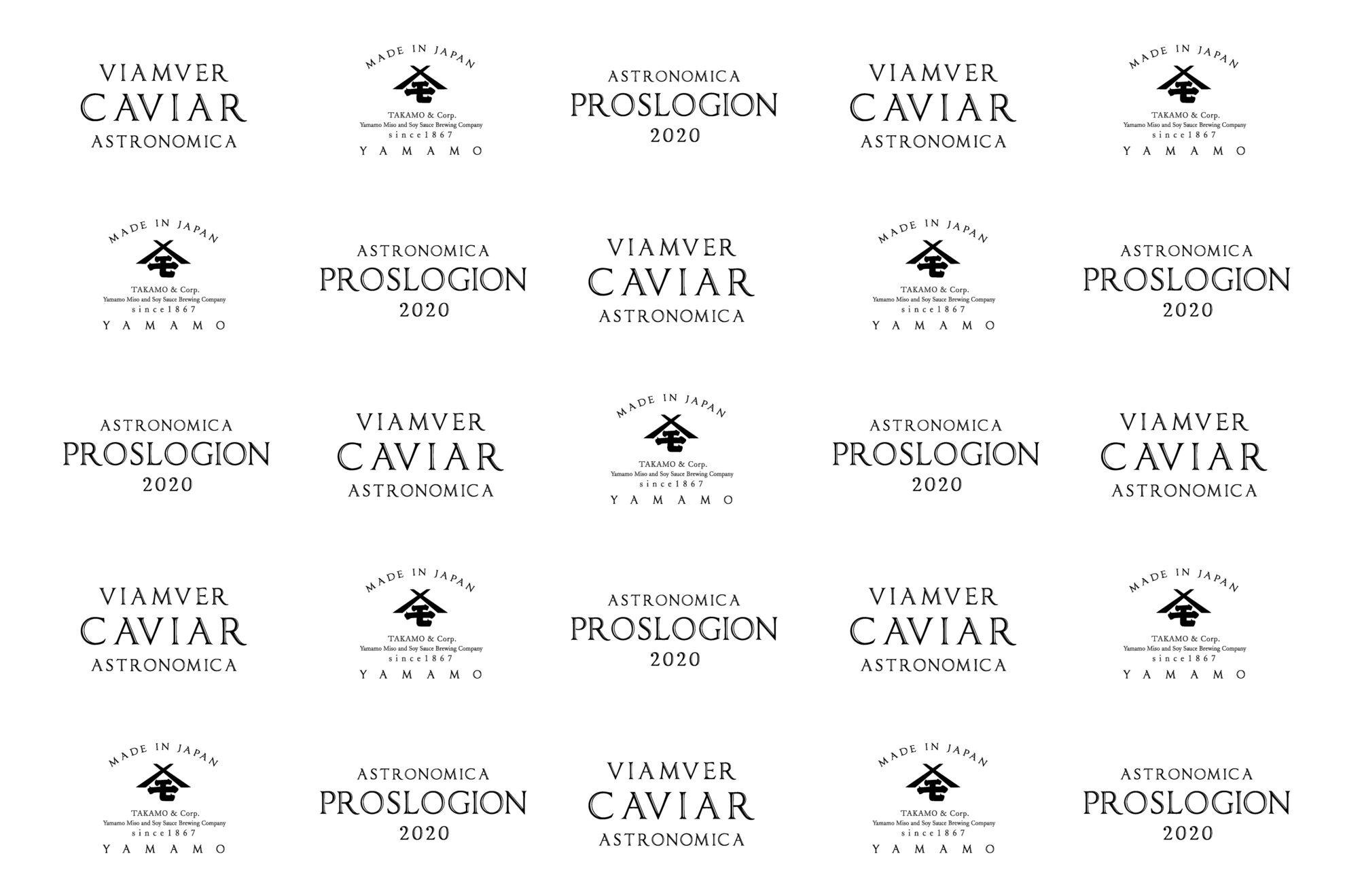
.
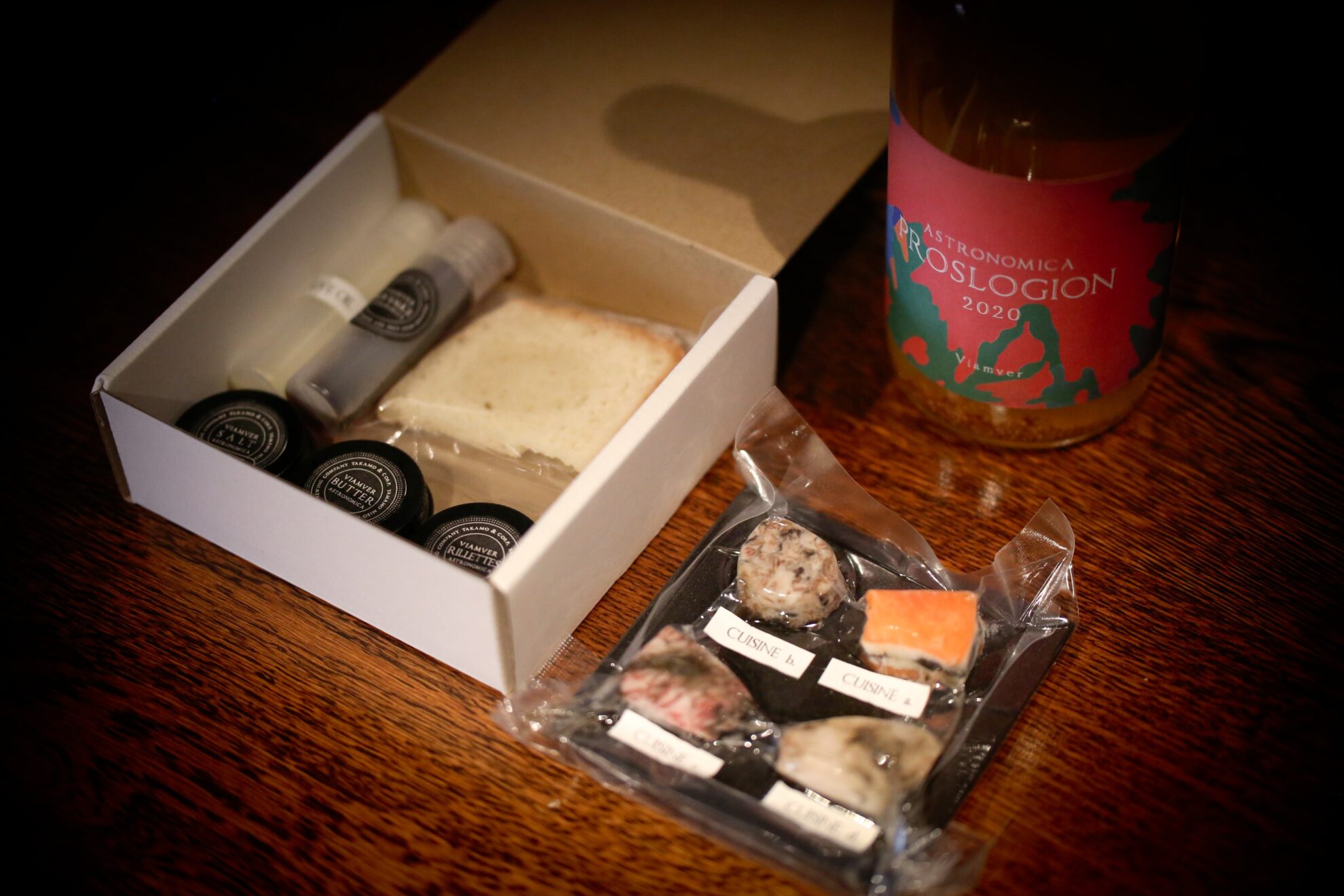
.
ヤマモオリジナル酵母“Viamver(ヴィアンヴァー)酵母”を用いた新商品を知事に報告
ヤマモ味噌醤油醸造元/髙茂合名会社(湯沢市)と秋田県総合食品研究センターが共同研究で開発した「Viamver(ヴィアンヴァー)酵母液」(Viamver酵母で米を醸した発酵液)を用いた新商品が完成し、今般、知事にお披露目いたします。
蔵付き味噌酵母を使用したワインや料理の開発は類まれな試みであり、本県発酵食の新たな展開が期待される取組みでありますので、是非取材のうえ、広く県民に周知くださるようお願いします。
1 日時
令和3年4月27日(火) 11:30~11:45
2 場所
秋田県庁本庁舎3階 第一応接室
3 出席者
ヤマモ味噌醤油醸造元/髙茂合名会社 七代目 髙橋 泰
JAM 代表 佐藤 健徳
4 内容
・「ヴィアンヴァーキャヴィア」を使用した料理4品
・”Viamver酵母”を使用したワイン「PROSLOGION(プロスロギオン)」
・”Viamver酵母”を使用した「ヴィアンヴァー醤油」「ソルト」「パン」「バター」
*Viamver(ヴィアンヴァー)酵母:
総合食品研究センターとの共同開発により、同社の味噌から分離したオリジナル酵母。華やかな香りとうま味をつくり出す特徴があります。ヤマモと総食研の2者で共同特許を出願中です。
*Viamver(ヴィアンヴァー)酵母液:
Viamver酵母で米を醸した発酵液。魚介のうま味成分である「コハク酸」を豊富に含みます。研究開発の経緯について、日本醸造学会2020年度大会にて学会発表を行っております。
*“Viamver(ヴィアンヴァー)酵母”に関する同社の共同研究・開発チームを「ASTRONOMICA(アストロノミカ)」として
います。
*「PROSLOGION(プロスロギオン)」は、ワイン醸造に使用されることのない味噌用酵母で醸した極めて珍しいワインです。
*“Viamver(ヴィアンヴァー)酵母”使用の醤油は、醤油の原料以外は一切使用せず、豊かなうま味を持ちます。
*「Viamver(ヴィアンヴァー)」および「ASTRONOMICA(アストロノミカ)」は、国際商標登録出願中です。
.
Report to the Governor on a New Product Using Yamamo’s Original Yeast “Viamver Yeast
Yamamo Miso and Soy Sauce Brewing Company/TAKAMO & Corp. (Yuzawa City) and the Akita Prefectural Food Research Center have completed a new product using “Viamver Yeast Liquid” (fermented liquid brewed from rice using Viamver yeast), which was developed through joint research.
The development of wine and food using Kurashiki Miso yeast is a rare attempt and is expected to lead to new developments in fermented food in our prefecture.
1 Date and time
Tuesday, April 27, 2021 11:30 – 11:45
2 Location
First reception room, 3rd floor, Akita Prefectural Government Main Building
3 Attendees
Yamamo Miso and Soy Sauce Brewing Company / TAKAMO & Corp. 7th generation Yasushi Takahashi
JAM Representative Tatsunori Sato
4 Contents
Four dishes using “Viamver Caviar
Wine “PROSLOGION” made with “Viamver yeast
Vianver soy sauce, salt, bread and butter made with Viamver yeast
*Viamver yeast:
Viamver yeast is an original yeast isolated from the company’s miso through joint development with the General Food Research Center. It is characterized by its ability to produce a gorgeous aroma and umami flavor. Yamamo and Soshokken are currently applying for a joint patent.
*Viamver yeast liquid:
Viamver yeast liquid: A fermented liquid made by brewing rice with Viamver yeast. It is rich in succinic acid, the umami component of seafood. The process of research and development was presented at the 2020 Annual Meeting of the Brewing Society of Japan.
*The company’s joint research and development team for Viamver yeast is called ASTRONOMICA.
*PROSLOGION is an extremely rare wine brewed with miso yeast, which is not used for winemaking.
*The soy sauce made with Viamver yeast has a rich umami flavor and is made with nothing but soy sauce ingredients.
*”Viamver” and “ASTRONOMICA” are pending international trademark registration.
.
向知事報告了使用Yamamo原創酵母“ Viamver酵母”的新產品
我們使用了由Yamamo味噌醬油釀造廠/高重綜合合夥公司(湯澤市)和秋田食品研究所共同開發的“ Viamver酵母溶液”(用Viamver酵母釀造的米酒)。宣布給州長。 使用味。酵母和啤酒來開發葡萄酒和菜餚是一次獨特的嘗試,並且有望在該縣開發出新的發酵食品。
1日期和時間
Reiwa第三年4月27日(星期二)11:30-11:45
2位置
秋田縣廳本館3樓第1接待室
3名參會者
Yamamo Miso醬油釀造商/ Takashige General Partnership Company第7代Yasushi高橋
JAM代表佐藤武典
4個內容
・使用“ Vianver魚子醬”的4道菜
・使用“ Viamver酵母”的葡萄酒“ PROSLOGION”
・使用“ Viamver酵母”的“ Viamver醬油”,“鹽”,“麵包”,“黃油”Viamver酵母:
與秋田食品研究所共同開發,從公司的味噌中分離出的原始酵母。它具有創造出華麗的氣味和鮮味的特徵。 Yamamo和総食研正在申請一項聯合專利。
*Viamver酵母溶液:
用Viamver酵母釀造的米酒發酵液。它富含“丁二酸”,這是海鮮的鮮味成分。我們將在日本釀造學會2020年年會上就研發的背景做一個演講。
*公司在“ Viamver酵母”上的聯合研發團隊被指定為“ ASTRONOMICA”。
是。
*“ PROSLOGION”是一種用味噌酵母釀造的極為罕見的葡萄酒,從未在釀酒中使用。
*使用“ Viamver酵母”的醬油具有濃郁的鮮味,無需使用醬油的原料。
*“ Viamver”和“ ASTRONOMICA”正在國際商標註冊中。
.
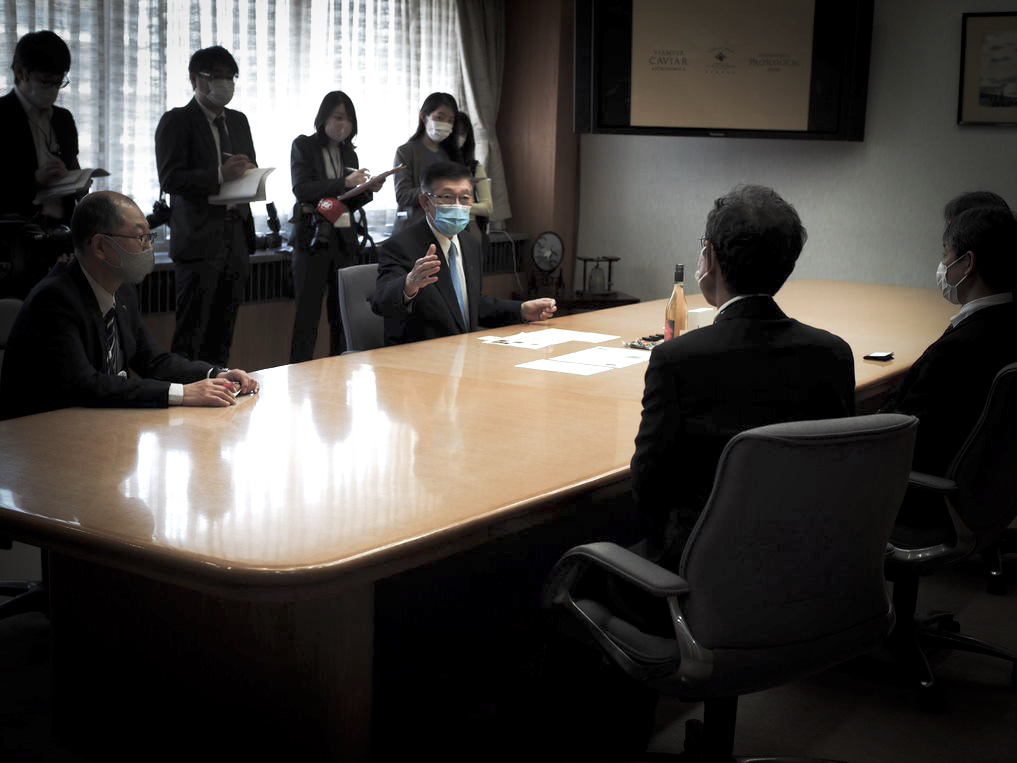
.
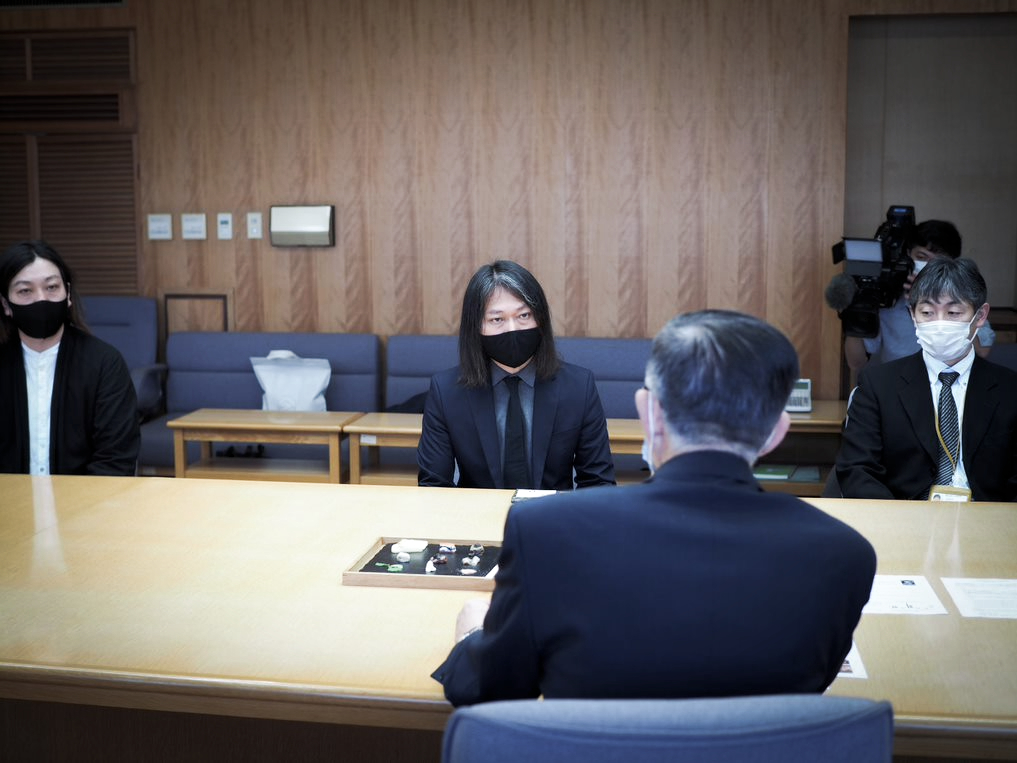
.
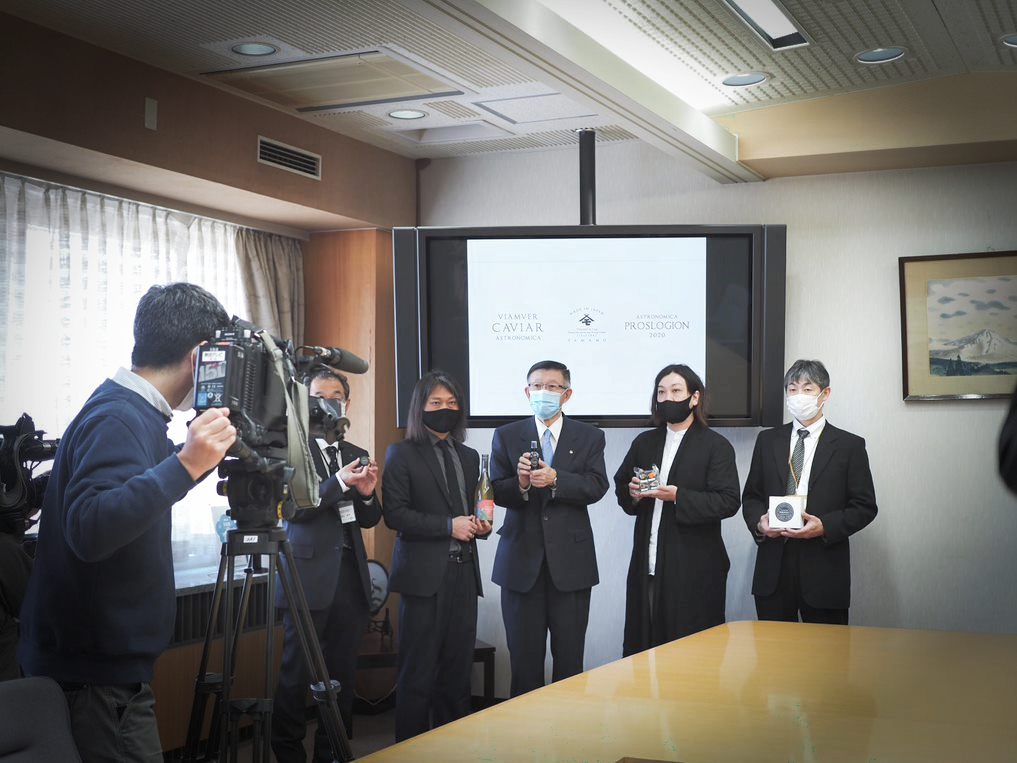
.
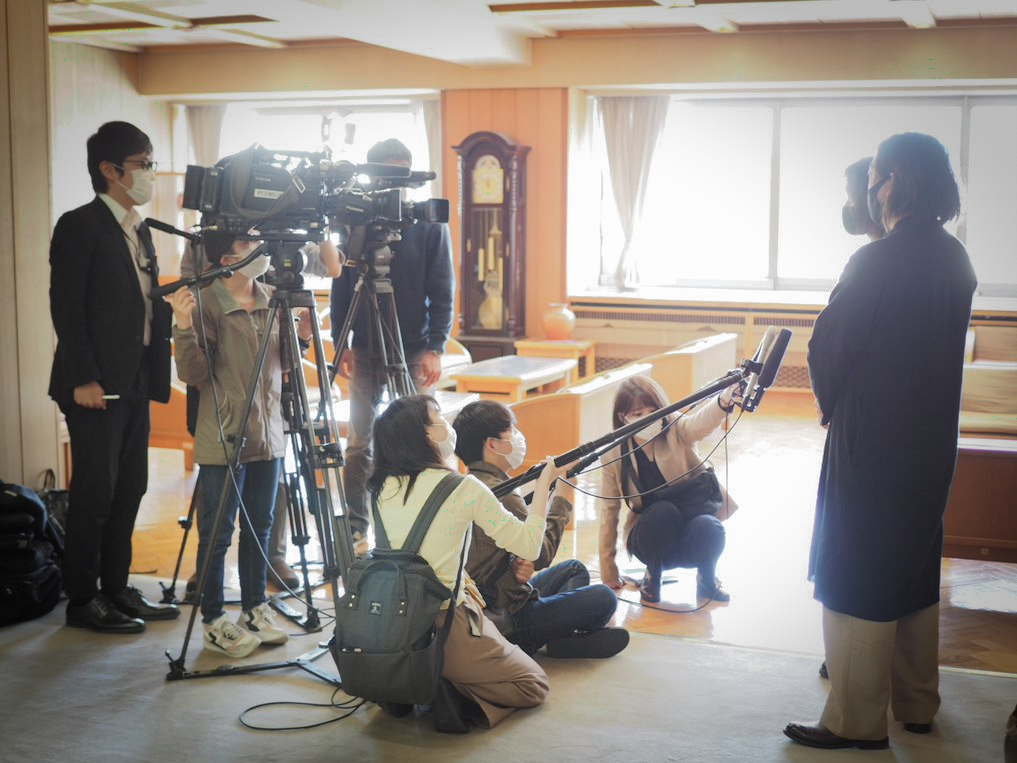
.
